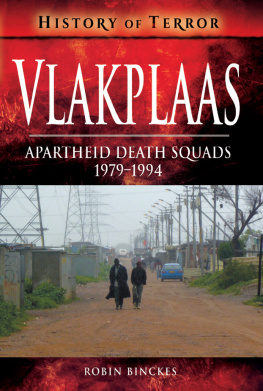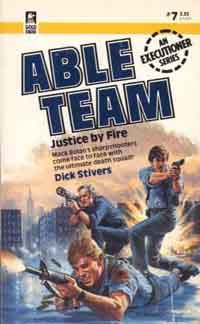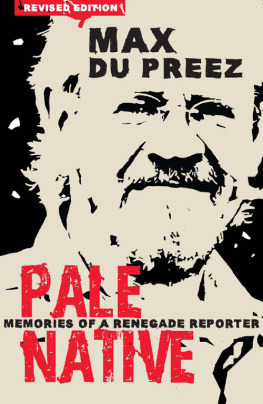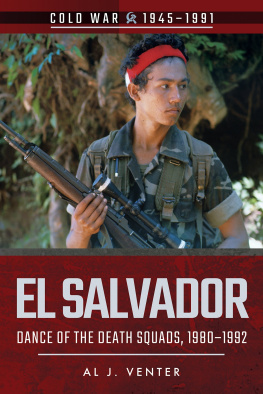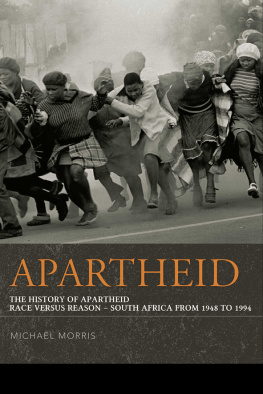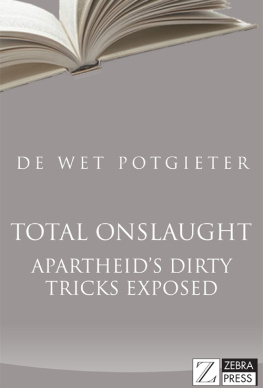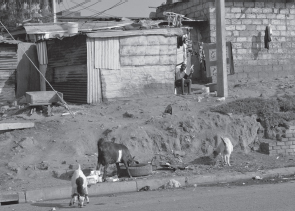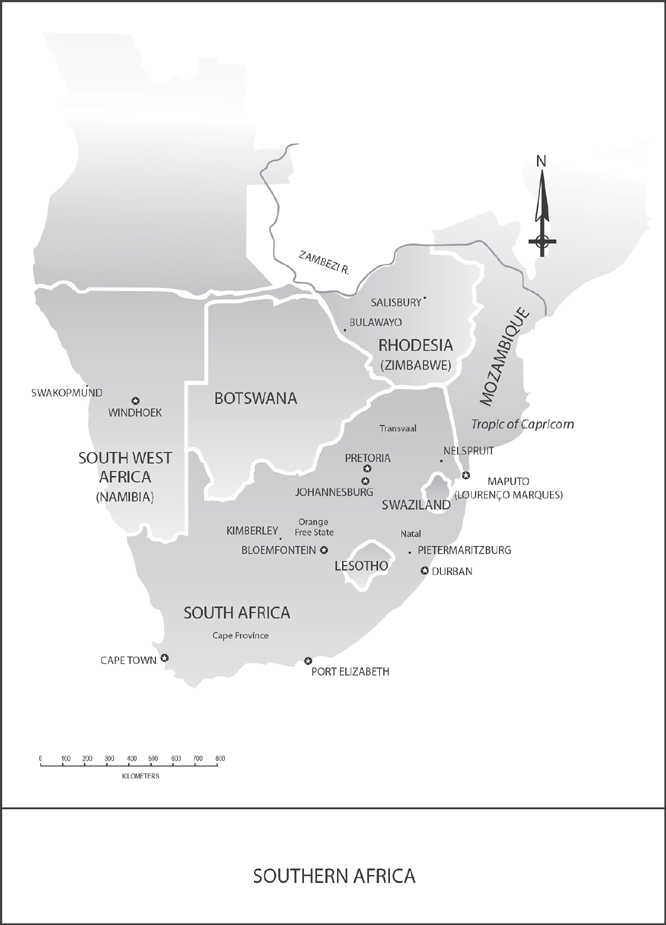Pagebreaks of the print version

VLAKPLAAS
APARTHEID DEATH SQUADS
19791994
ROBIN BINCKES
First published in Great Britain in 2018 by
PEN AND SWORD MILITARY
an imprint of
Pen and Sword Books Ltd
47 Church Street
Barnsley
South Yorkshire S70 2AS
Copyright Robin Binckes, 2018
ISBN 978 1 526729 21 7
eISBN 978 1 526729 22 4
Mobi ISBN 978 1 526729 23 1
The right of Robin Binckes to be identified as the author of this work has been asserted in accordance with the Copyright, Designs and Patents Act 1988.
A CIP record for this book is available from the British Library All rights reserved.
No part of this book may be reproduced or transmitted in any form or by any means, electronic or mechanical including photocopying, recording or by any information storage and retrieval system, without permission from the Publisher in writing.
Every reasonable effort has been made to trace copyright holders of material reproduced in this book, but if any have been inadvertently overlooked the publishers will be pleased to hear from them.
Pen & Sword Books Ltd incorporates the imprints of Pen & Sword Archaeology, Atlas, Aviation, Battleground, Discovery, Family History, History, Maritime, Military, Naval, Politics, Railways, Select, Social History, Transport, True Crime, Claymore Press, Frontline Books, Leo Cooper, Praetorian Press, Remember When, Seaforth Publishing and Wharncliffe.
For a complete list of Pen and Sword titles please contact
Pen and Sword Books Limited
47 Church Street, Barnsley, South Yorkshire, S70 2AS, England
email:
website: www.pen-and-sword.co.uk
INTRODUCTION
As early as 1948 ties were established between British intelligence and South African Special Branch officials, motivated by the mutual perceptions of a war against communism. Prior to 1960, when white South Africans voted in a referendum to become a republic, intelligence was supplied by Britains MI5 and subsequently MI6. This cooperation led, in 1963, to the formation of South Africas Republican Intelligence under Colonel Hendrik van den Bergh. The necessity of establishing a specialist intelligence unit became apparent after the 1960 Sharpeville massacre and the decision by the African National Congress (ANC) and the Communist Party (SACP) to form a military wing and commence armed struggle against the apartheid government. After 1961, South Africa now a republic, cooperation continued between South Africa, Britains intelligence services and the Central Intelligence Agency. The arrest of Nelson Mandela on 5 August 1962 was as a result of a tip-off of Mandelas whereabouts by a CIA operative, Donald Rickard, to the South African Special Branch. In July 1962 the South African Defence Force (SADF) established a full military intelligence capability under General Retief who had aspirations of creating his own Central Intelligence Bureau. He failed in this regard, the prime minister, B. J. Vorster, preferring to allocate resources to his fellow Second World War Koffiefontein prisoner, Hendrik van den Bergh, the head of Republican Intelligence (RI)

Prime Evil, Eugene de Kock.
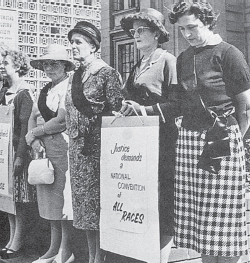
The Black Sash was an anti-apartheid movement that sprang up in the 1950s. ( An Illustrated Dictionary of South African History )
The six-foot-four Hendrik van den Bergh rapidly rose through the ranks of the security services. From colonel, at the age of forty- nine, after the conviction of Mandela and others in the Rivonia trial he became the youngest brigadier in the South African Police (SAP). In 1966 he became a major-general and in 1968 lieutenant-general when he set up the successor to Republican Intelligence, the Bureau for State Security (BOSS). Lang (long) Hendrik, as he was known because of his height, was born in Vredefort in the Orange Free State in November 1914. In 1942 he was interred in the Koffiefontein camp alongside the man who was to become prime minister, John Vorster, for his suspected membership of a militant saboteur group linked to the pro-Nazi Ossewabrandwag (ox wagon sentinels). Lang Hendrik van den Bergh wielded his power through his lieutenants in the security forces.

